June 25, 2025 | 10:05 GMT +7
June 25, 2025 | 10:05 GMT +7
Hotline: 0913.378.918
June 25, 2025 | 10:05 GMT +7
Hotline: 0913.378.918
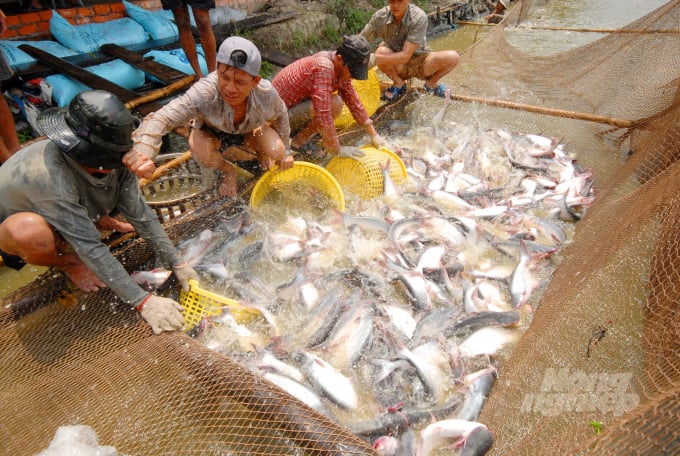
The People's Committees of An Giang province and Dong Thap province agreed to submit to the Ministry of Agriculture and Rural Development for consideration and approval of the initiative of constructing a joint infrastructure of the Project for linking the production of high-quality tra fish. Photo: Le Hoang Vu.
Despite facing some obstacles in recent years, the tra fish business has remained one of Vietnam's most important fisheries exports. The particular fish of the Mekong Delta is highly valued due to its development potential.
In the midst of climate change, which has increased the severity of impacts on the Mekong Delta, particularly drought, rising sea level, and salinity, An Giang and Dong Thap have emerged as the ideal areas for the development of tra fish farming and export processing.
The regions of Vinh Hoa islet in Vinh Hoa commune, Tan Chau town (An Giang), and Chinh Sach islet (Thuong Phuc 1 commune, Hong Ngu district, Dong Thap) are located on the riverbed of the Tien with favorable conditions in water resources and locations for the reproduction of tra fish, producing high quality of seeds for the market. These factors would encourage the provinces to become a hub for high-quality tra fish production and high-tech tra fish goods.
The municipalities of An Giang and Dong Thap have agreed to submit to the Ministry of Agriculture and Rural Development for consideration and approval the initiative of constructing a joint infrastructure of the Project for linking the production of high-quality tra fish in the islets of Chinh Sach and Vinh Hoa.
The project would cover 500 ha with an estimated total investment of 350 billion VND. Previously, the People's Committees of An Giang and Dong Thap provinces agreed to plan the entire area of Vinh Hoa and Chinh Sach islets for the production of high-quality 3-level tra fish breeds, serving the two provinces and the Mekong Delta.
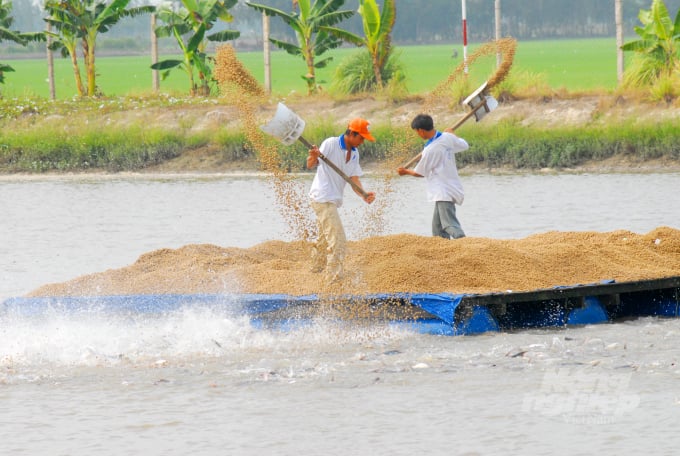
An Giang and Dong Thap expect to become the joint production center of high-quality tra fish of the Mekong Delta. Photo: Le Hoang Vu.
By the end of 2018, the High-tech tra fish production facility of Viet Uc Group in Vinh Hoa islet had opened and begun operations, attributing to the region's importance. In the initial phase, Viet Uc supplied 1 billion seeds annually to the market.
Authorities in An Giang determined that it was a crucial turning point for the province's tra fish sector and the Mekong Delta to achieve significant progress. Viet Uc Group's aggressive investment in tra fish is anticipated to make An Giang a regional center for tra fish production, thereby contributing to the establishment of tra fish brands in Vietnam.
Vinh Hoan Joint Stock Company (Dong Thap) has also established and positioned the Vinh Hoan Tra fish Breeding Production Company Limited in Vinh Buong hamlet (Vinh Hoa islet, Tan Chau commune - An Giang province), while simultaneously focusing on implementing the project of producing 3-level tra fish seeds with the high-tech application. The project plans to produce 1.6 billion Huong fish fingerlings and 30 million tra fish fingerlings annually on an area of 48.3 hectares.
Mr. Tran Anh Thu, Vice Chairman of the Provincial People's Committee of An Giang, stated that the province is confident and eager to advocate for efforts to alter and restructure the tra fish business to increase the value of the value precious fish. Viet Uc Group utilizes a closed cycle model, which not only increases economic efficiency but also increases the value of tra fish exported to demanding markets.
"Based on the good practices of the enterprises, An Giang is always committed to accompanying them and creating the most advantageous environment for their development. During the construction of the circular economic model, the value of tra fish was increased without causing harm to the aquatic ecosystem. According to Mr. Tran Anh Thu, Vice Chairman of the Provincial People's Committee of An Giang, the most significant aspect of the circular economy is that all agricultural, processing, and exporting products are fully utilized, and even is the waste.
Translated by Linh Linh
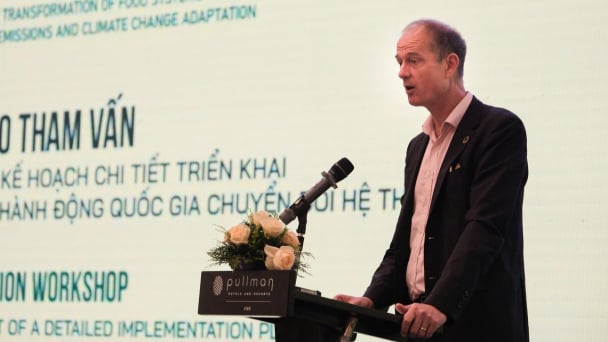
(VAN) UNDP in Vietnam organized a consultative workshop to discuss ways to integrate detailed implementation plans into the national food systems transformation strategy.
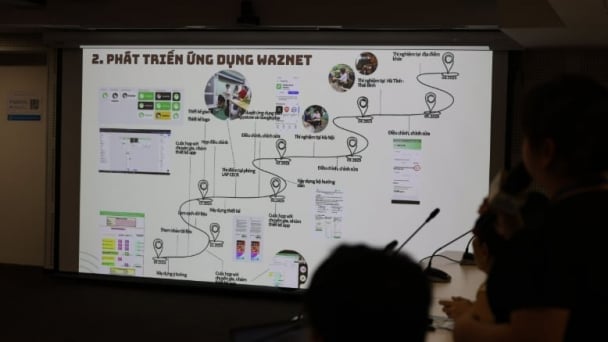
(VAN) Waznet helps digitize waste collection data, recognizing the environmental contributions of informal collectors in reducing greenhouse gas emissions.
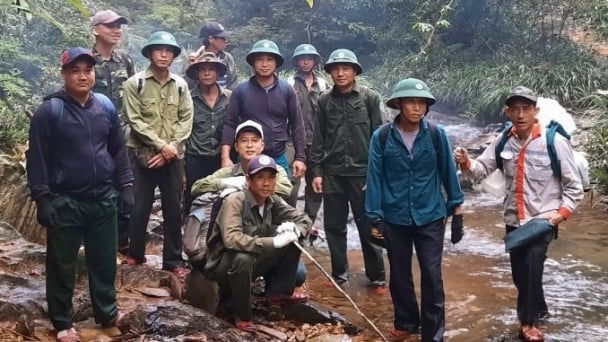
(VAN) All parties have acknowledged the barriers in mobilizing finance for conservation, proposing detailed initiatives. One of the most effective methods is to employ natural-based solutions.

(VAN) Vietnam is the country with the highest diversity of primate species in Southeast Asia, but most of them are seriously threatened, creating an urgent need for conservation efforts.
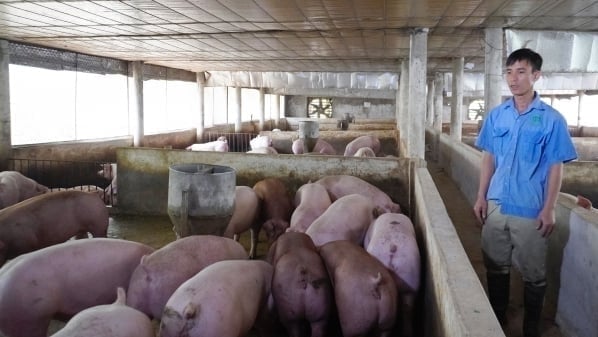
(VAN) Livestock farmers are still hesitant to use the new ASF vaccine products, mostly waiting for responses from large businesses before making a decision.
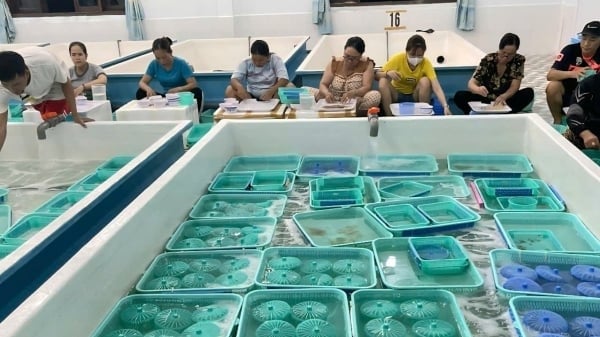
(VAN) Khanh Hoa and Phu Yen continue to strengthen inspection and control of lobster seed circulation in the area, and strictly handle violations.
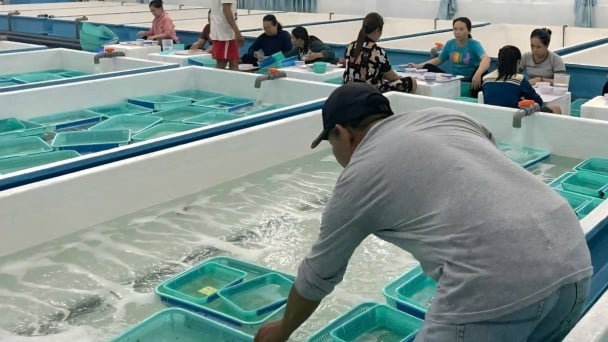
(VAN) Phu Yen and Khanh Hoa recently discovered many batches of lobster seeds of unknown origin. The authorities quickly moved and handled it as per regulations.